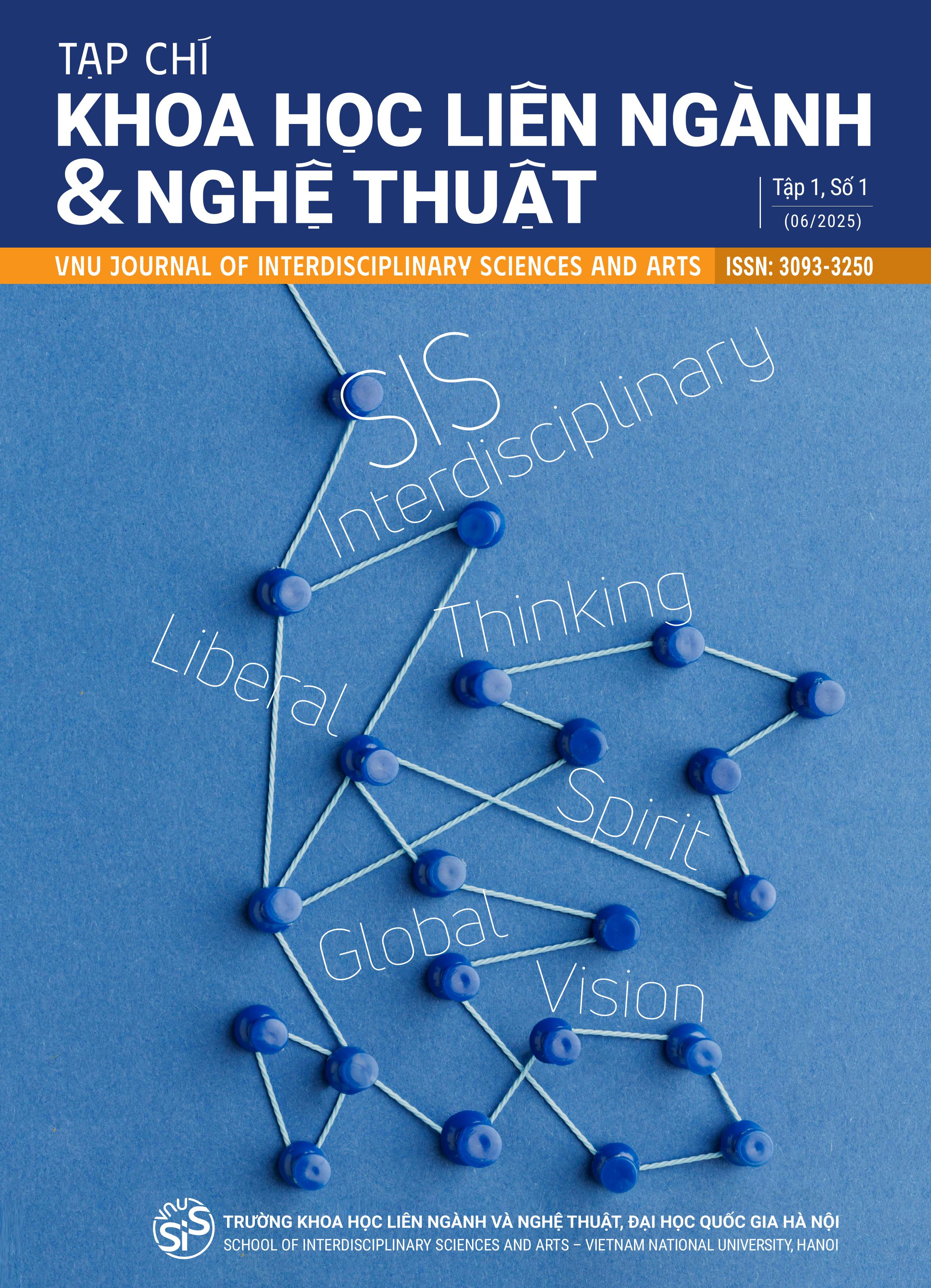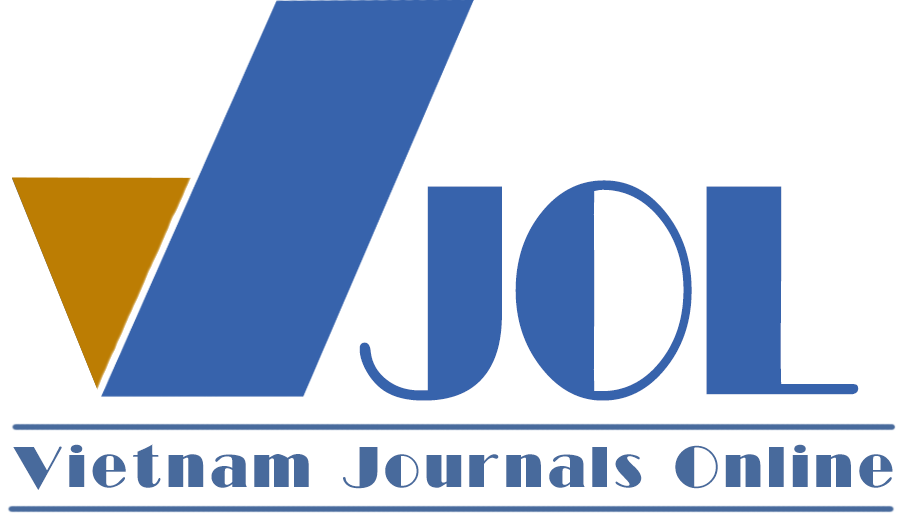Reinterpreting the Art Market: Value Systems, Turning Points, and the Commercialization of Art
DOI:
https://doi.org/10.64711/9p62n262Keywords:
Art market, Contemporary art, Artistic value, CommercializationAbstract
The modern art market underwent profound transformations from the late nineteenth to the early twentieth century, as traditional systems of aristocratic patronage gradually gave way to a free market in which galleries, auction houses, and collectors assumed central roles. This article seeks to elucidate the factors that constitute the value of an artwork, including its aesthetic, historical, and social significance, as well as the reputation of the artist, while also identifying the determinants of its economic valuation – the reasons why works of art command such high prices. At the same time, the article examines the shift from an art world grounded in spiritual and cultural values to one marked by intensified commercialization, in which artworks are assessed not only for their intrinsic qualities but also for their investment potential. This process has been closely intertwined with industrialization and globalization, expanding access to and the development of the art market on a global scale, with the Vietnamese art market – though relatively young – being no exception.
Downloads
Published
Issue
Section
License
Copyright (c) 2025 VNU Journal of Interdisciplinary Sciences and Arts

This work is licensed under a Creative Commons Attribution-ShareAlike 4.0 International License.






